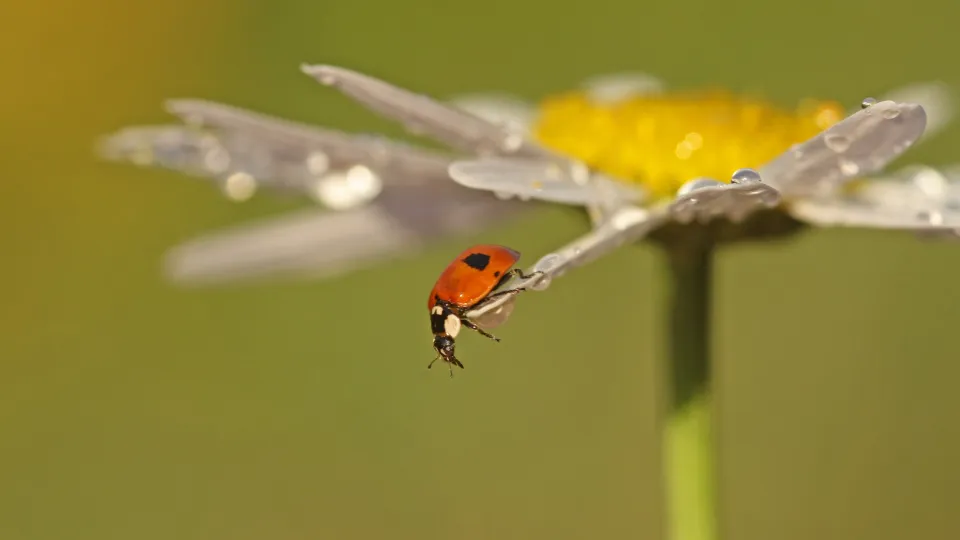
2-spot ladybird
Our most common ladybird, the black-on-red markings of the 2-spot Ladybird are familiar to many of us. Ladybirds are beneficial insects, managing garden pests - encourage them by putting up a bug box.

Our most common ladybird, the black-on-red markings of the 2-spot Ladybird are familiar to many of us. Ladybirds are beneficial insects, managing garden pests - encourage them by putting up a bug box.
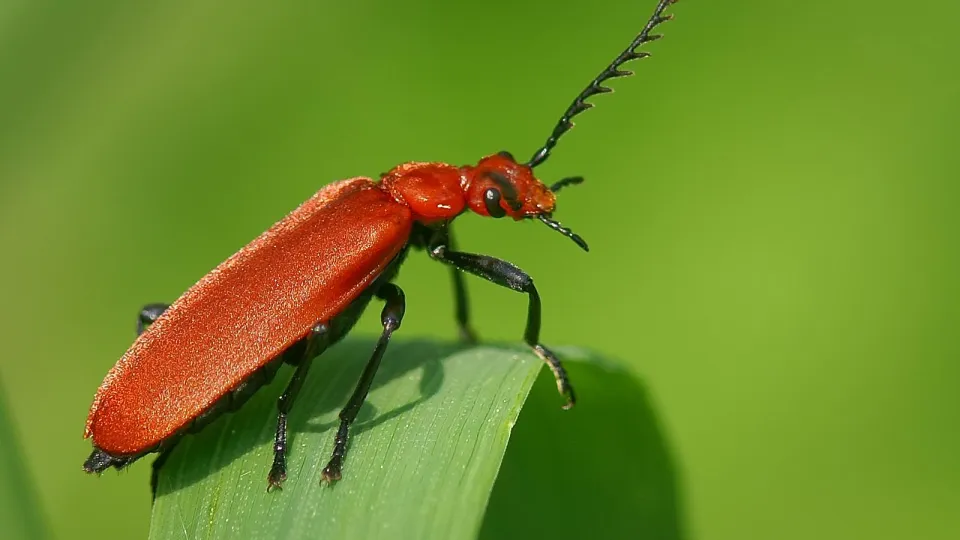
A bright red beetle, with black legs and knobbly antennae, the red-headed cardinal beetle lives up to its name. Look for it in woodland, along hedgerows and in parks and gardens over summer.
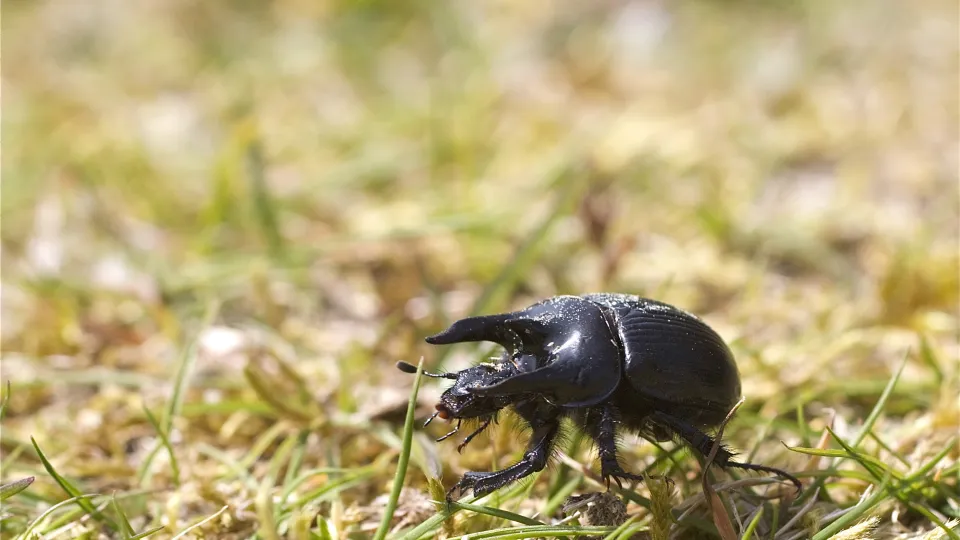
So-named for its three bull-like horns, the Minotaur beetle is a large dung beetle found on grassland and heathland from the autumn. Adults drag dung back to their nests for their larvae to feed on.
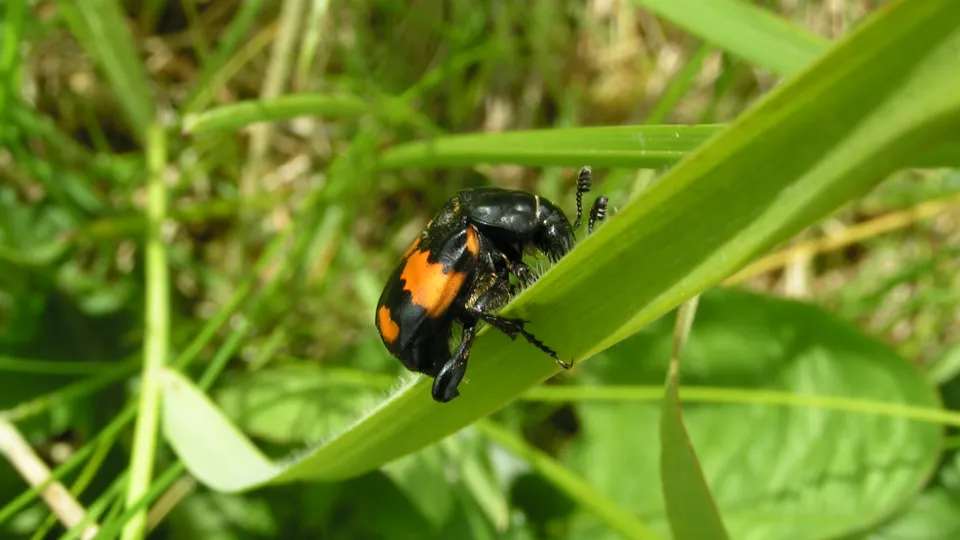
The Common sexton beetle is one of several burying beetle species in the UK. An undertaker of the animal world, it buries dead animals like mice and birds, and feeds and breeds on the corpses.
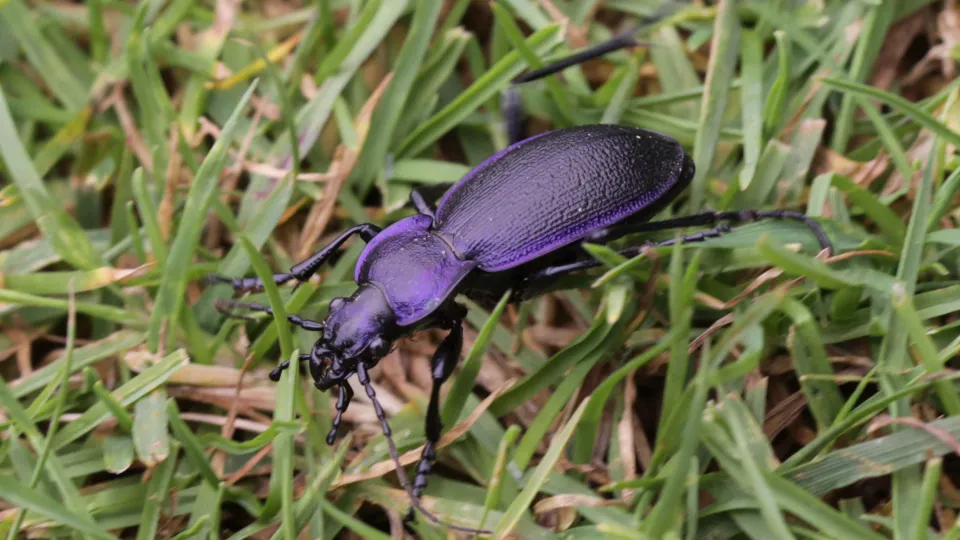
Violet ground beetles are active predators, coming out at night to hunt slugs and other invertebrates in gardens, woodlands and meadows.
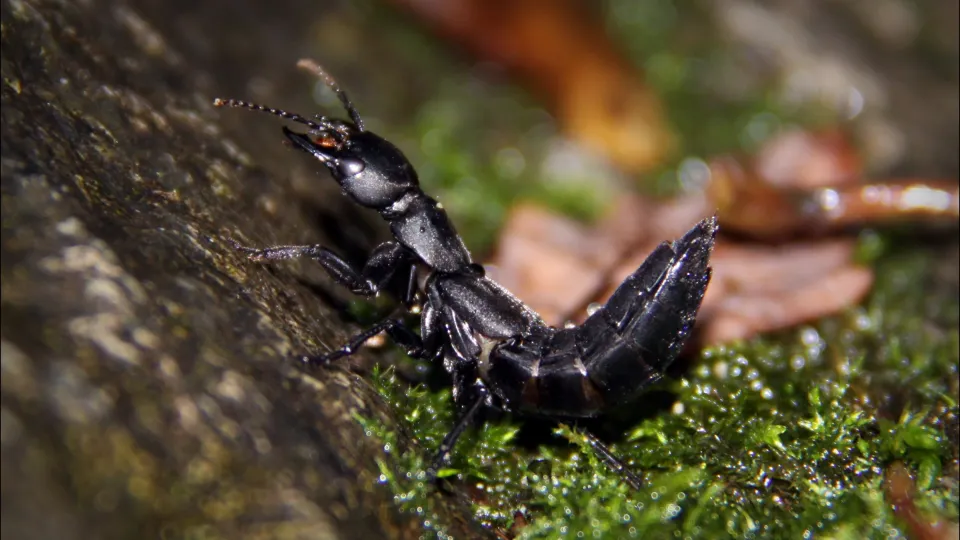
A ferocious and fast predator, the Devil's coach horse beetle hunts invertebrates after dark in gardens and on grasslands. It is well-known for curling up its abdomen like the tail of a scorpion when defending itself.
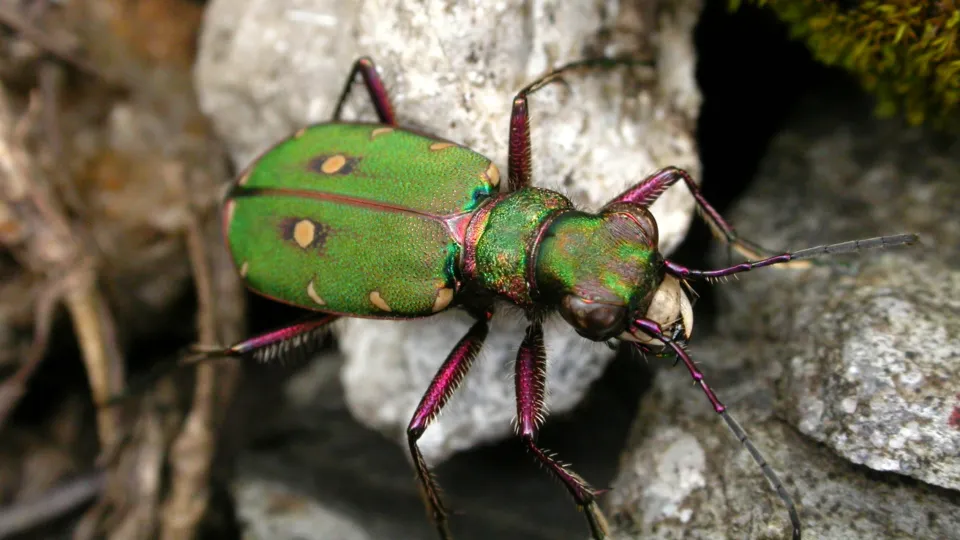
A ferocious and agile predator, the green tiger beetle hunts spiders, ants and caterpillars on heaths, grasslands and sand dunes. It is one of our fastest insects and a dazzling metallic green colour.
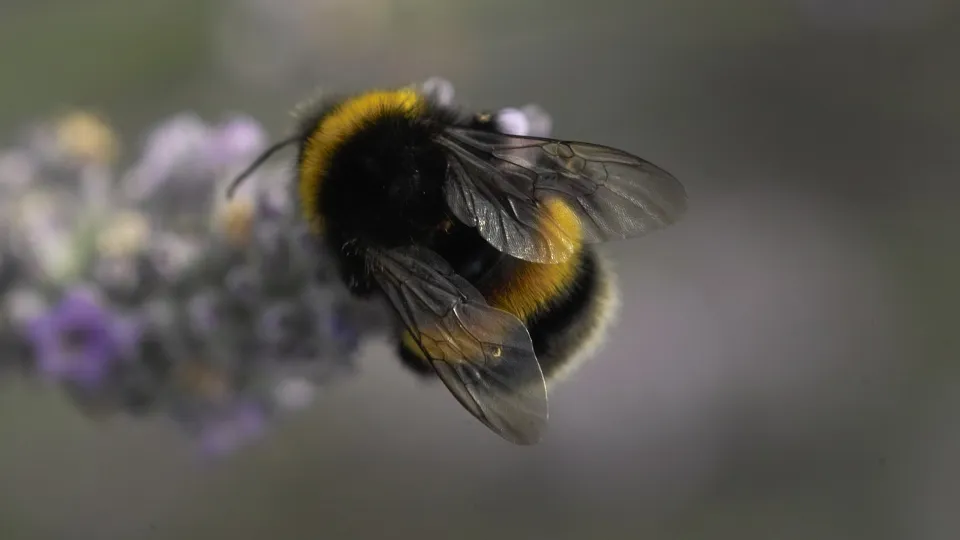
Living up to its name, the white-tailed bumblebee is black-and-yellow bee with a bright white 'tail'. A social bumble bee, it can be found nesting in gardens and woods, and on farmland and heaths.
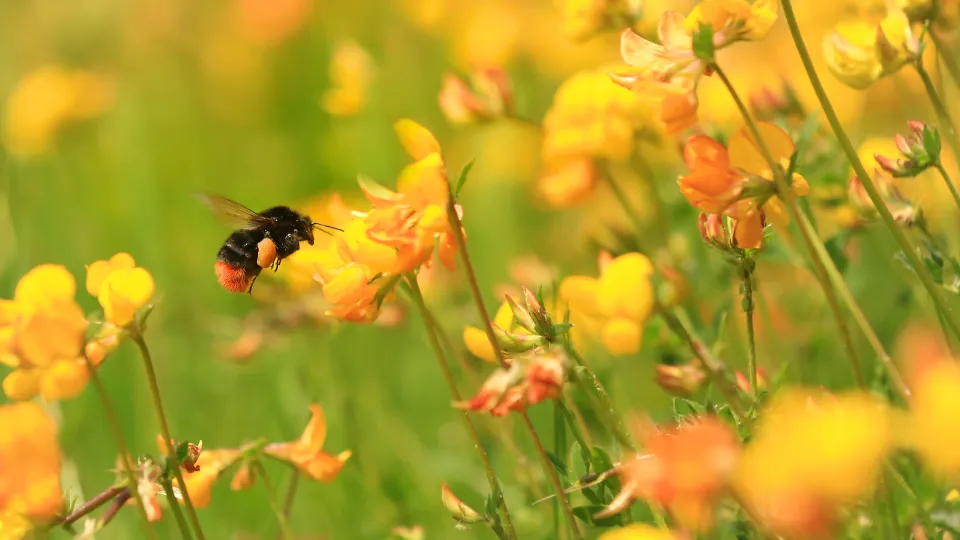
Living up to its name, the red-tailed bumblebee is black with a big, red 'tail'.
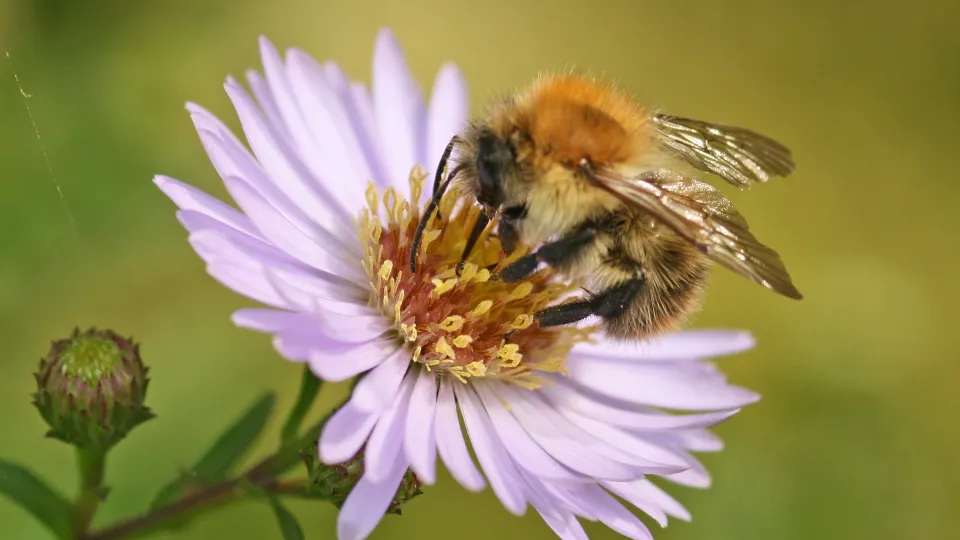
The common carder bee is a fluffy, gingery bumble bee that can often be found in gardens and woods, and on farmland and heaths. It is a social bee, nesting in cavities, old birds' nests and mossy lawns.